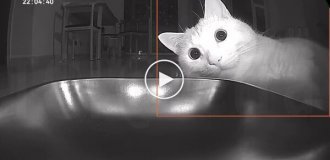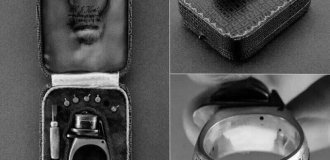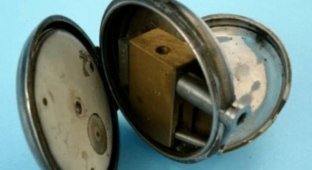The sad story of Eunice "Goody" Cole and her memory (8 photos)
When a team accepts a statement on faith, it is almost impossible to force people to change their minds. No matter what nonsense the citizens come up with together, and no matter how deplorably and sadly it all ends. 
A clear example of this is the sad story of this woman - the only convicted witch in New Hampshire. 
Hampton, New Hampshire
Decades before the war against alleged witches broke out in notorious Salem in 1692, Eunice "Goodwife" (Goody for short was a polite form of address for lower-class women) Cole had already become New's most notorious witch. -Hampshire and the only woman convicted of witchcraft in the state's history. Throughout her long and painful life, neighbors and jurors alike claimed that Cole was clearly “acquainted with the devil.” 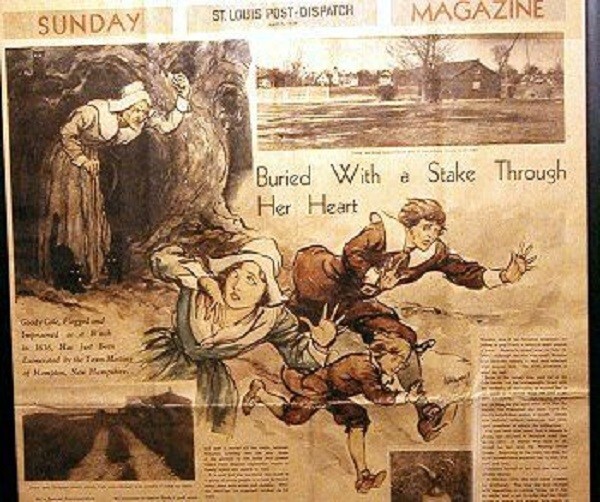
A woman and her husband once moved from London. Either the locals had nothing to do, or they didn’t like strangers here, but the townspeople accused Cole of killing their livestock, taking the form of animals and birds, and, of course, communicating with the devil. Beginning in 1656, Cole was tried three times for witchcraft, lashed, imprisoned for many years, and stripped of his citizenship.
However, strangely, Cole was never executed. Did the locals need a whipping toy? After all, the woman was released from prison on the bail of Hampton residents, who brought her food and helped her with other daily chores. The poor woman’s husband had died of illness by that time, and she herself was already old. Of course, they did this reluctantly, since most of them sincerely believed in her connection with the devil. In 1680 Cole died at the age of eighty. 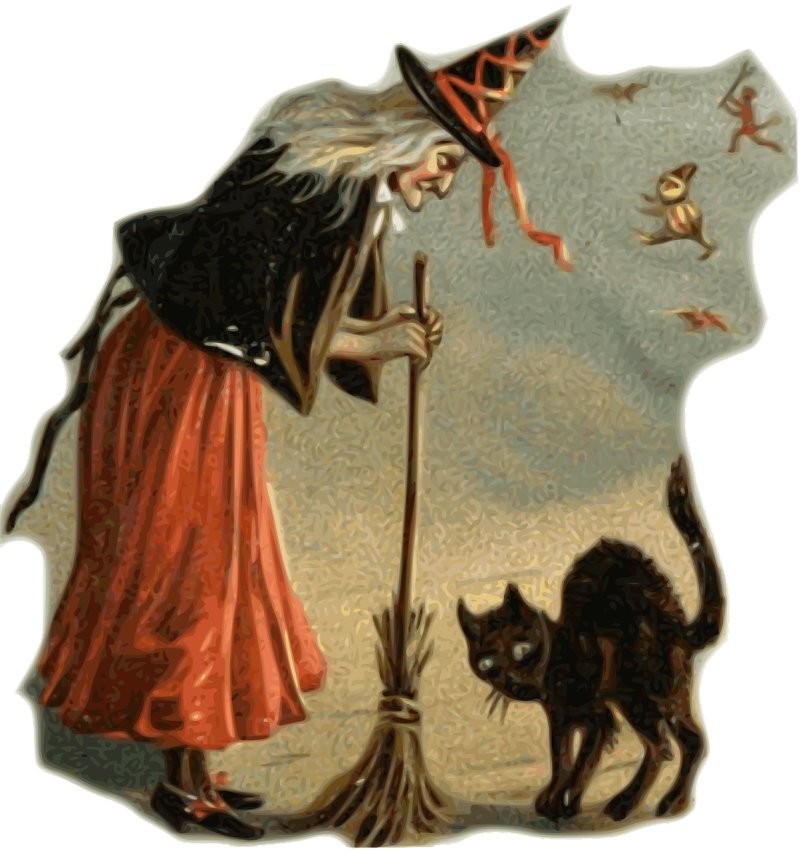
According to some sources, the body was buried on the territory of her house, according to others, it was lowered into a shallow grave. According to local legends, those who were involved in the burial (“the kindest” people) drove a stake into her heart, attaching a horseshoe to it, in order to prevent any attempts to rebel and intrigue the pious townspeople. The exact burial site has been lost.
As the New England witch hunts ended, Cole gradually became a local celebrity and a historical figure in the Hamptons. 
John Greenleaf Whittier
John Greenleaf Whittier, the poet best known as the author of "The Snowman," took the Goody Cole legend and expanded on it as the cause of a real-life shipwreck off the coast of Hampton in his poem "The Rivermouth Shipwreck." He also used the character in the poem "The Changeable One".
In 1938, in an effort to bring attention to the coastal city, the Hampton Society to apprehend those who falsely accused Eunice "Goody" Cole of being acquainted with the devil restored the woman's citizenship. 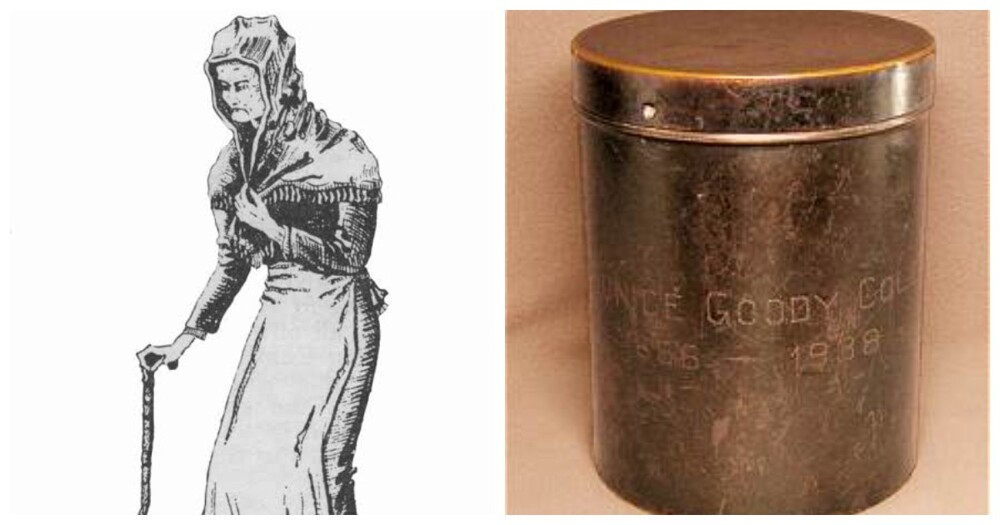
Copies of Cole's court documents were symbolically burned at the ceremony. The ashes were planned to be buried under a memorial stone for Eunice Cole, but that same year a major hurricane hit the region and plans for a memorial were abandoned. Over the next few years, there were rumors of a ghostly old woman whose spirit had been disturbed and was seeking revenge. 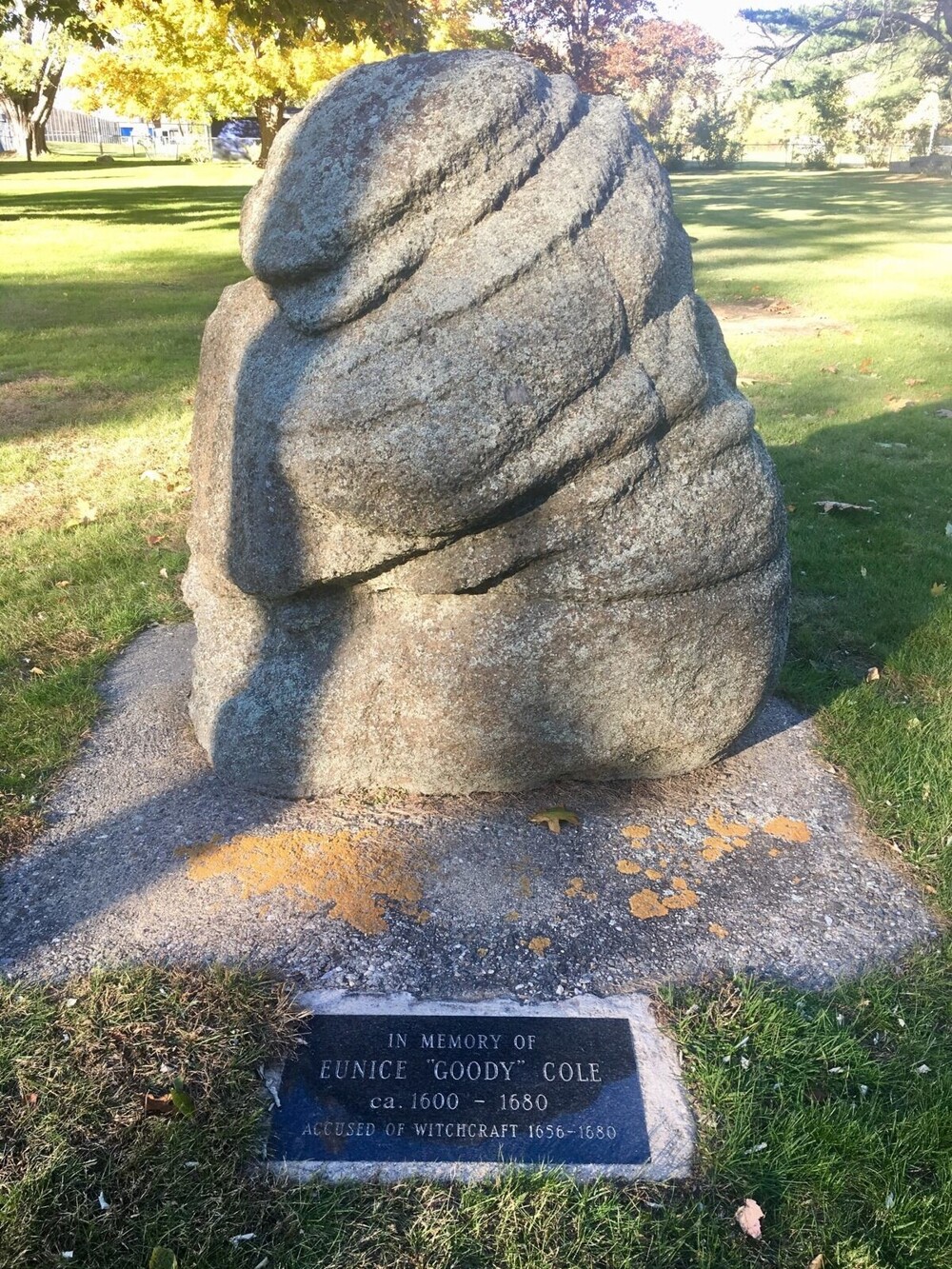
And so in 1963, Harold Fernald, a Hampton resident, teacher and part-time police officer, took the trouble to install a stone on the proposed site where the Cole house had once been located. 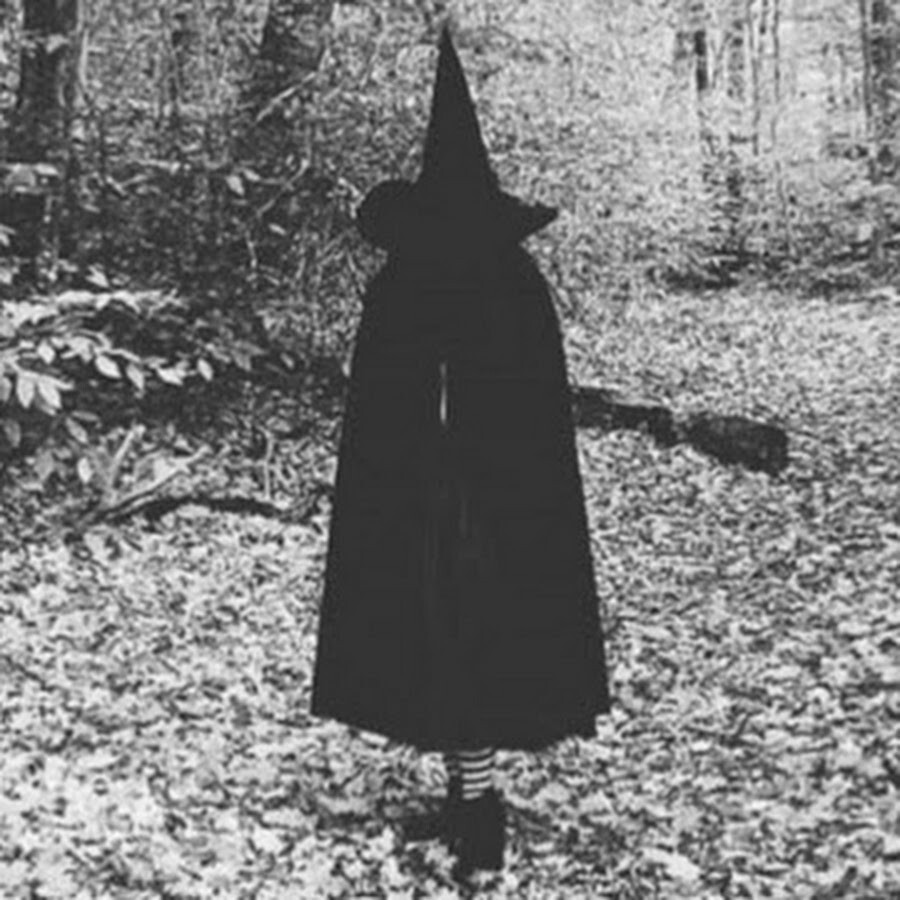
The ashes are still kept in the local museum. And locals began to regularly see an old woman in a knitted shawl, wandering around the cemetery and looking at the tombstones, waiting for the remains of the papers, at least partially clearing her honest name, to be combined with her ashes. And they will give peace to an innocent soul tortured by a group of citizens who enjoyed their obstinacy.




